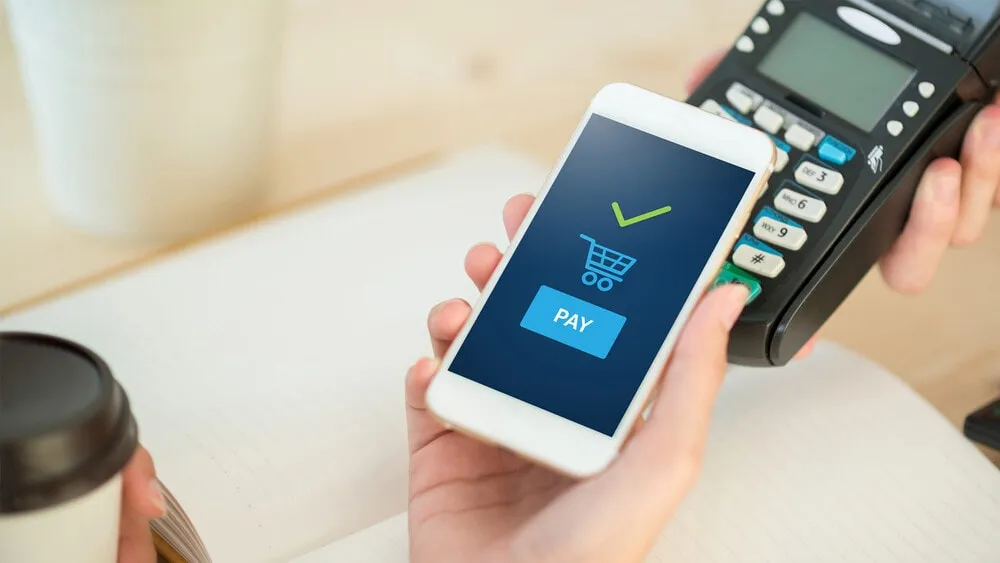Seamless Customer Experience
This trend focuses on creating a consistent and seamless experience for customers across all channels. It involves integrating various touchpoints, such as online platforms, mobile apps, social media, and physical stores, to provide a unified experience. Retailers achieve this by aligning branding, messaging, and design elements, as well as by ensuring smooth transitions between channels. The goal is to make it easy for customers to engage with the brand and make purchases through their preferred channels.
Mobile Commerce
Mobile commerce, or m-commerce, refers to the buying and selling of products and services using mobile devices. With the increasing popularity of smartphones, retailers are optimizing their websites and mobile apps to be mobile-friendly and responsive. This trend also includes the use of mobile wallets and payment apps, enabling customers to make secure and convenient mobile payments. Retailers leverage mobile push notifications and location-based services to provide personalized offers and promotions to customers.

Omnichannel Retail Trends: Mobile Commerce
>>>> See also: Top 10 best sales management software
Personalization
Personalization involves tailoring the shopping experience to individual customers based on their preferences, behavior, and purchase history. Retailers collect and analyze customer data to understand their needs and provide relevant recommendations, offers, and promotions. Personalization can be applied across various channels, such as website personalization, personalized email marketing, targeted advertising, and customized loyalty programs. By delivering personalized experiences, retailers aim to enhance customer satisfaction, loyalty, and conversion rates.
Buy Online - One of Omnichannel Retail Trends
Pick Up In-Store (BOPIS): BOPIS allows customers to place orders online and collect them from a physical store at their convenience. This trend offers customers flexibility and eliminates the need for shipping costs and waiting times. Additionally, it presents an opportunity for retailers to upsell or cross-sell products when customers come to pick up their orders in-store. BOPIS also encourages customers to visit physical stores, potentially leading to additional purchases.
Social Commerce
Social commerce refers to the integration of e-commerce with social media platforms. It enables retailers to showcase and sell products directly on social media platforms like Instagram, Facebook, and Pinterest. Retailers leverage features such as shoppable posts, which allow customers to click on product tags within social media posts and make purchases seamlessly. Live shopping is another aspect of social commerce, where retailers conduct live video sessions to showcase products and interact with customers in real-time.

Omnichannel Retail Trends: Social Commerce
Artificial Intelligence (AI) and Machine Learning (ML)
AI and ML technologies enable retailers to analyze vast amounts of customer data to gain insights into buying patterns, preferences, and behavior. Retailers use this data to offer personalized product recommendations, create targeted marketing campaigns, and provide proactive customer service. Chatbots powered by AI are employed to provide instant assistance and handle customer queries. AI and ML help retailers automate processes, improve operational efficiency, and enhance the overall customer experience.
Voice Commerce
Voice commerce leverages voice-activated technology, such as voice assistants like Amazon's Alexa, Apple's Siri, or Google Assistant, for shopping activities. Customers can use voice commands to search for products, place orders, and even reorder frequently purchased items. Retailers optimize their platforms for voice search and provide personalized recommendations based on the customer's voice interactions. Voice commerce offers convenience and hands-free shopping experiences.
Augmented Reality (AR) and Virtual Reality (VR) are Omnichannel Retail Trends
AR and VR technologies provide immersive experiences to customers. AR allows customers to visualize products in real-world environments using their smartphones or tablets, while VR offers fully immersive experiences through headsets. These technologies enable customers to virtually try on clothing and accessories, visualize furniture in their homes, and even experience virtual store visits. By incorporating AR and VR, retailers enhance the customer's ability to make informed purchase decisions and create memorable shopping experiences.

Omnichannel Retail Trends
Social Responsibility and Sustainability
Today's consumers are increasingly concerned about social and environmental issues. Retailers are incorporating social responsibility and sustainability practices into their business strategies. This includes promoting fair trade, ethical sourcing, environmentally friendly packaging, and reducing carbon footprints. Retailers communicate their sustainability initiatives to customers, showcasing their commitment to responsible practices. By aligning with customers' values, retailers can attract and retain socially conscious consumers.
Data Security and Privacy
With the growing threat of data breaches and privacy concerns, retailers prioritize data security and privacy. They implement robust security measures to protect customer data, secure payment gateways, and comply with data protection regulations such as the General Data Protection Regulation (GDPR). Transparent communication about data collection, usage, and storage is crucial for building trust with customers. Retailers also provide options for customers to manage their data preferences and opt-in or opt-out of marketing communications.












Replies to This Discussion